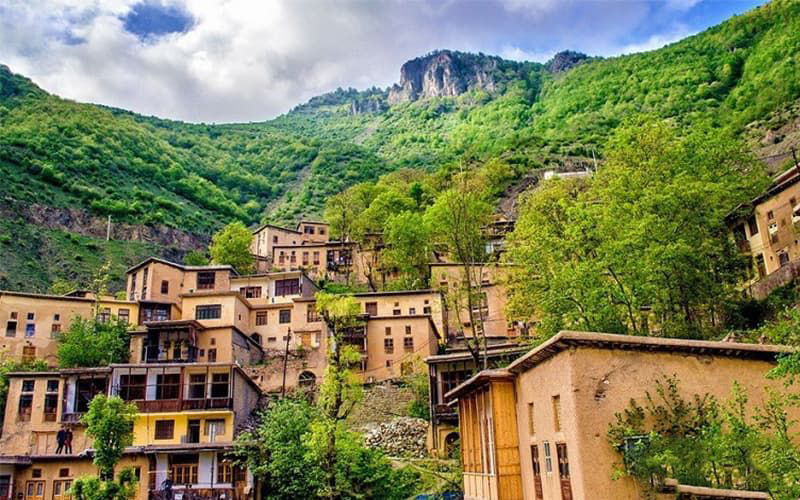Among the many villages of the Hawraman region, Hajij—located in the Lahon area—holds a special place for its rich history, cultural significance, and remarkable natural beauty. Positioned 35 kilometers from Pawa and 123 kilometers from Kermanshah, this 53-hectare village lies in a lush, green valley known for its clean air and mild climate.
Established over 1,250 years ago, Hajij is home to a hardworking and self-reliant community. Historically, residents produced traditional Kurdish goods like klash (footwear), shawls, and woven rugs. However, recent decades have seen many migrate to cities for education and employment, leading to a decline in these traditional crafts.
Despite modern changes, Hajij has retained its strong cultural identity. UNESCO has recognized it as the cleanest village in the world—an honor reflected in the health of its people, who experience notably low rates of respiratory illnesses.
Distinctive Kurdish attire remains a proud marker of local identity. Men always wear traditional headdresses—turbans or hats—crafted from woven fabrics, which serve as cultural symbols wherever they go.
With its blend of heritage, hospitality, and healthy living, Hajij continues to attract tourists and researchers from around the globe.

